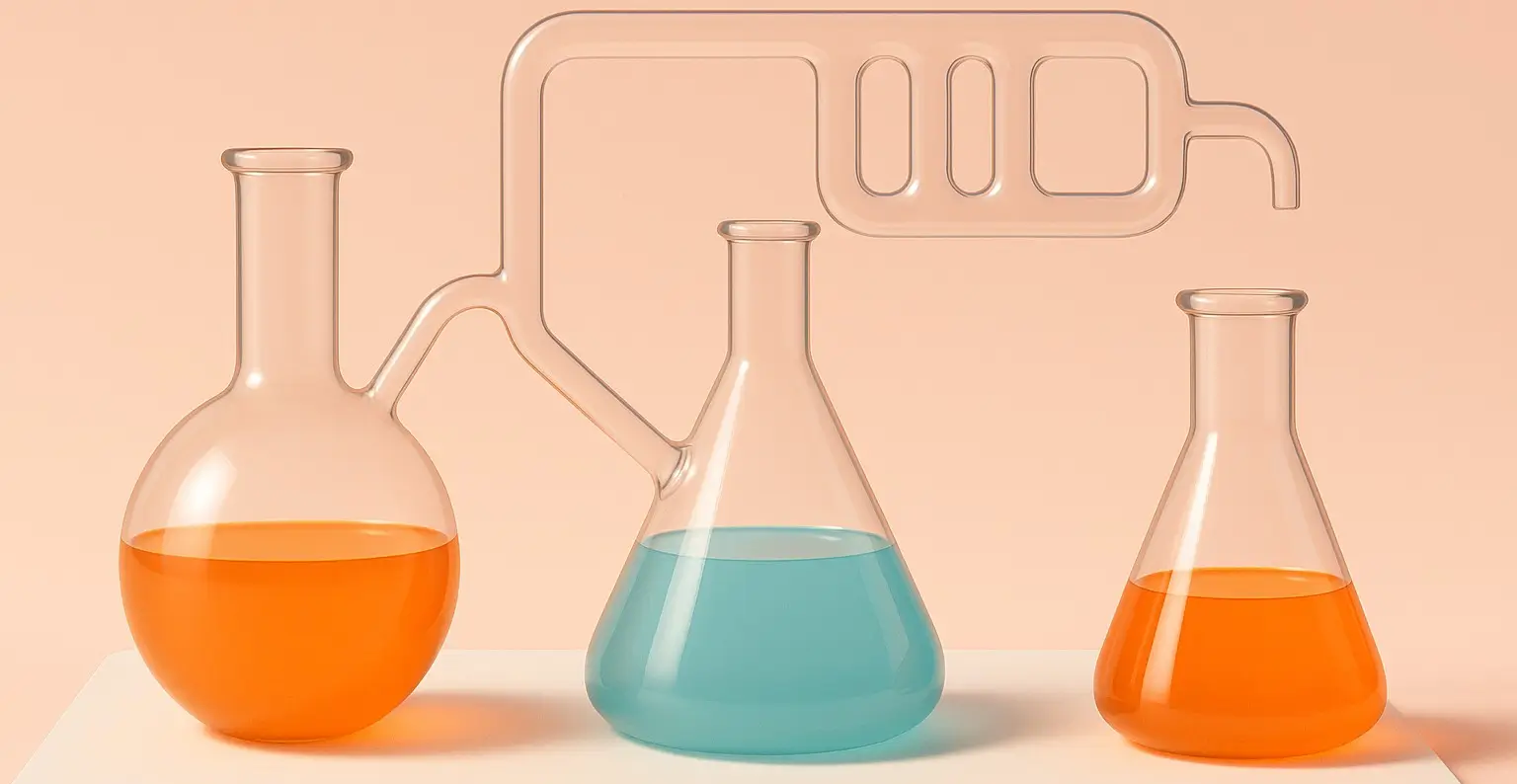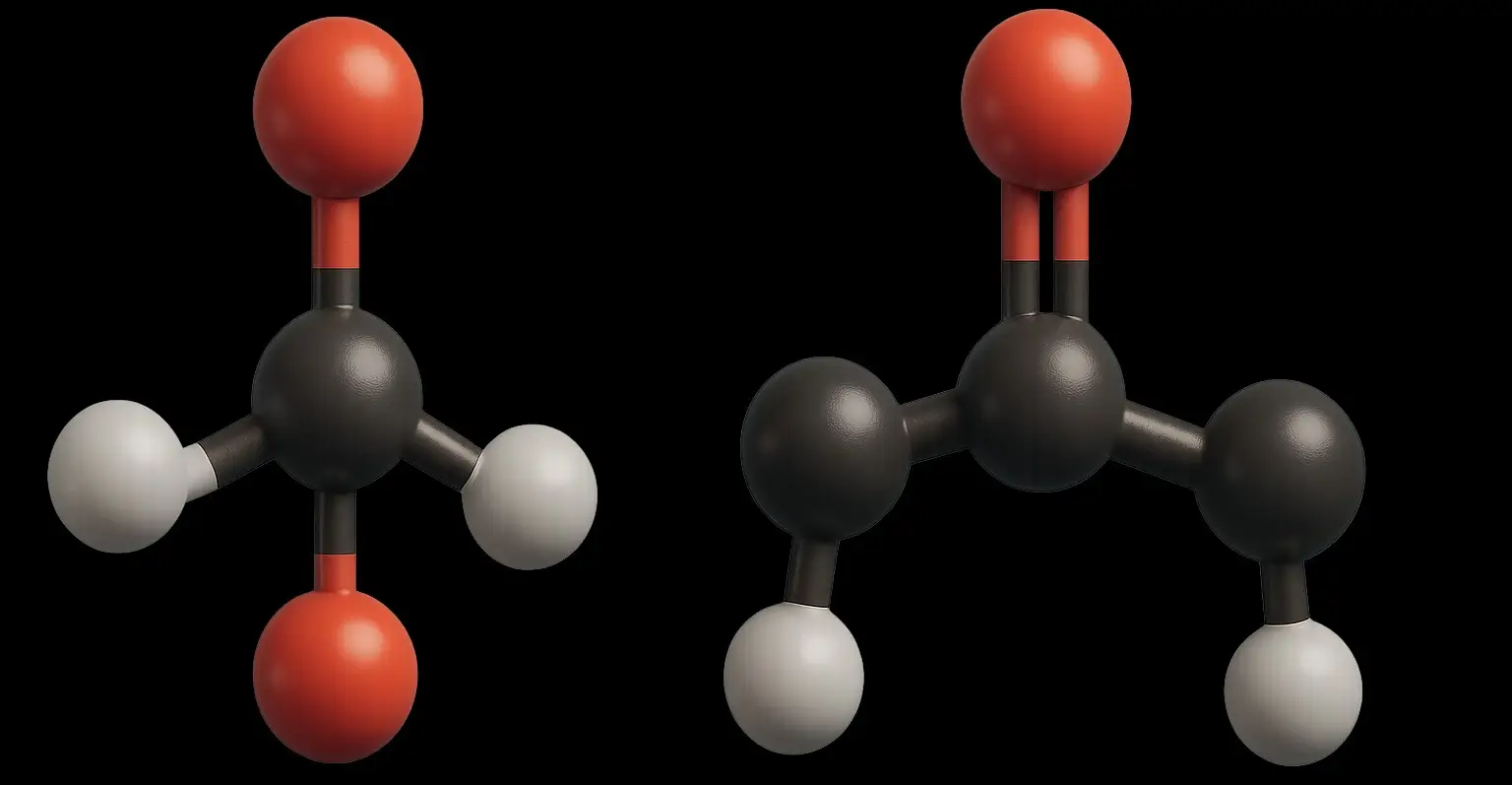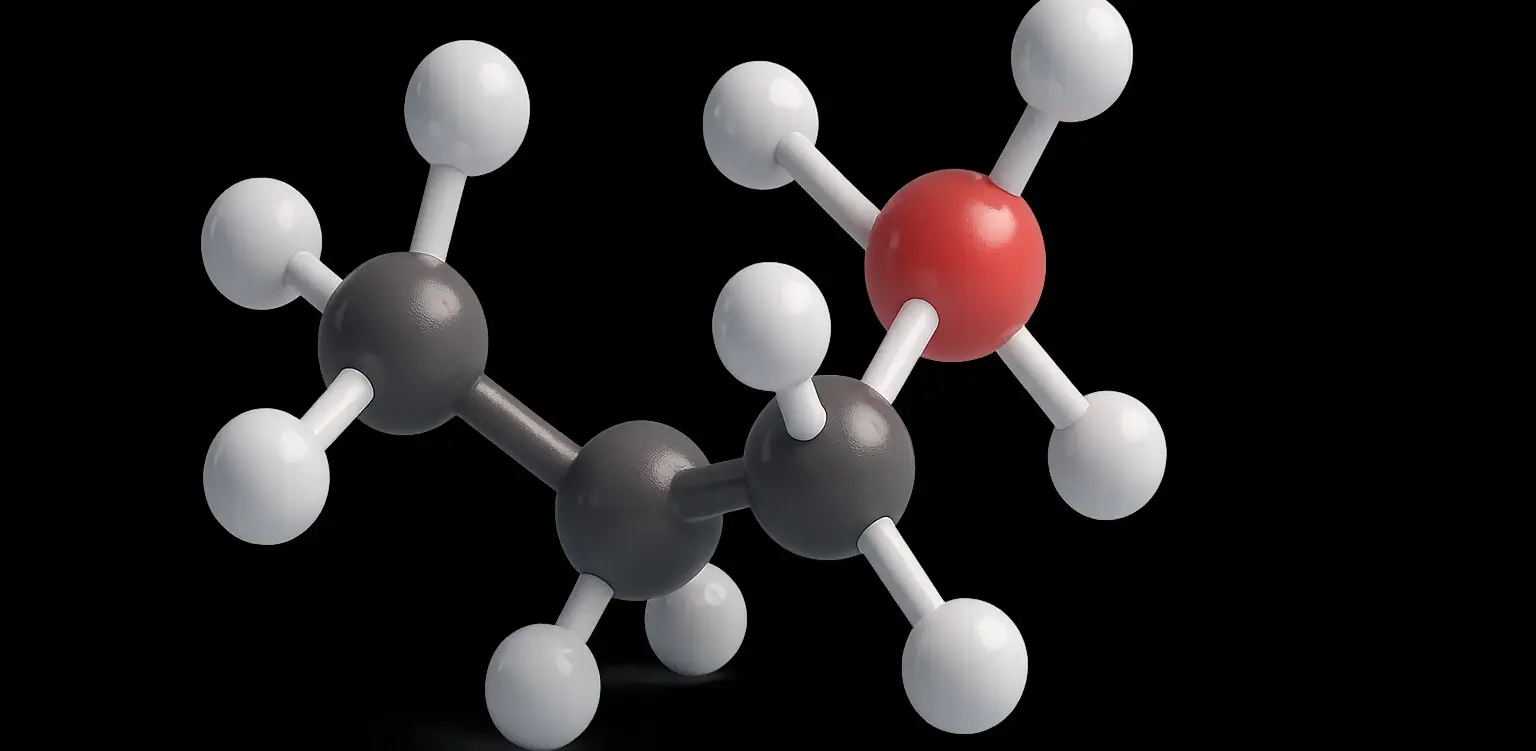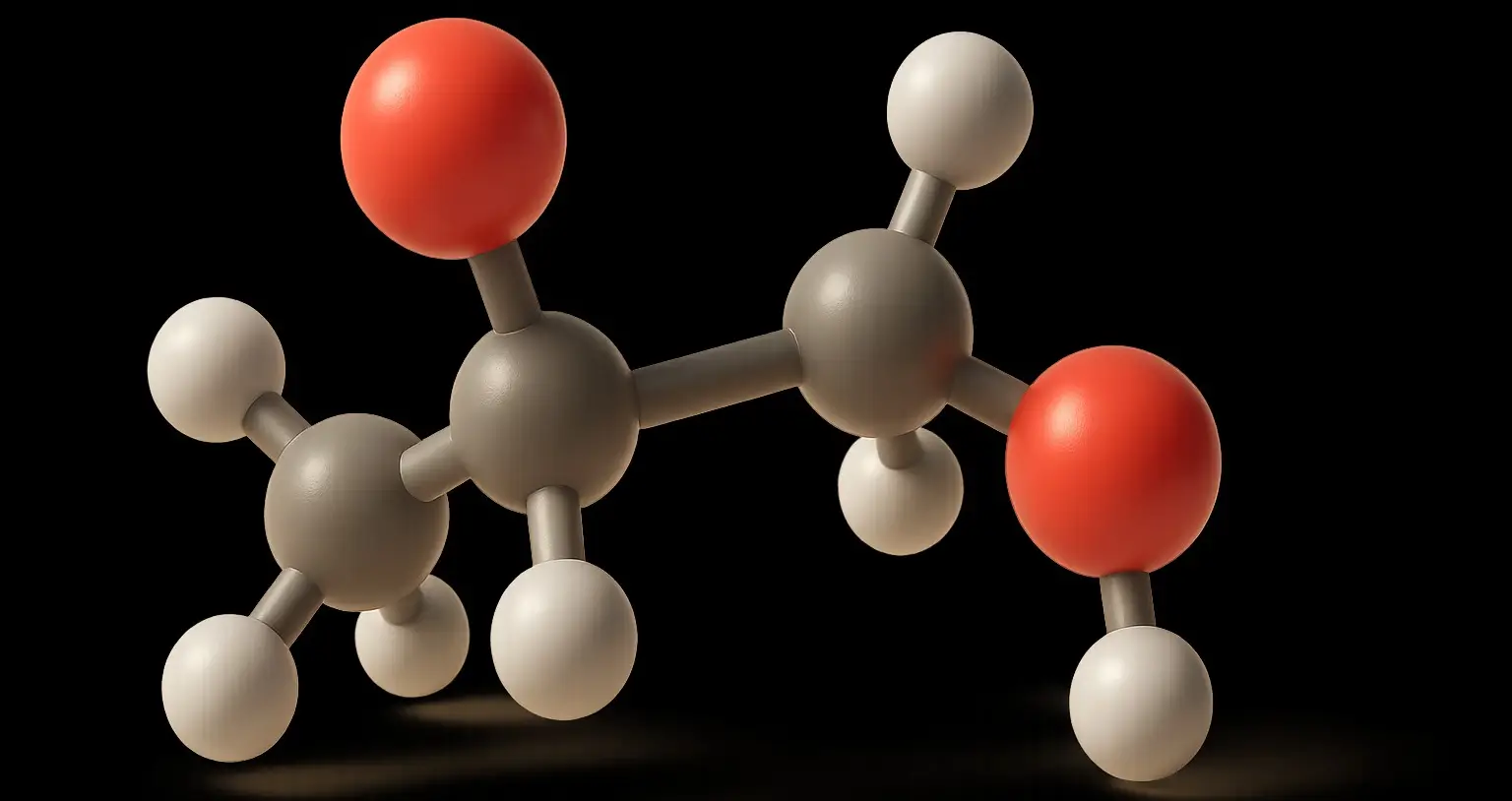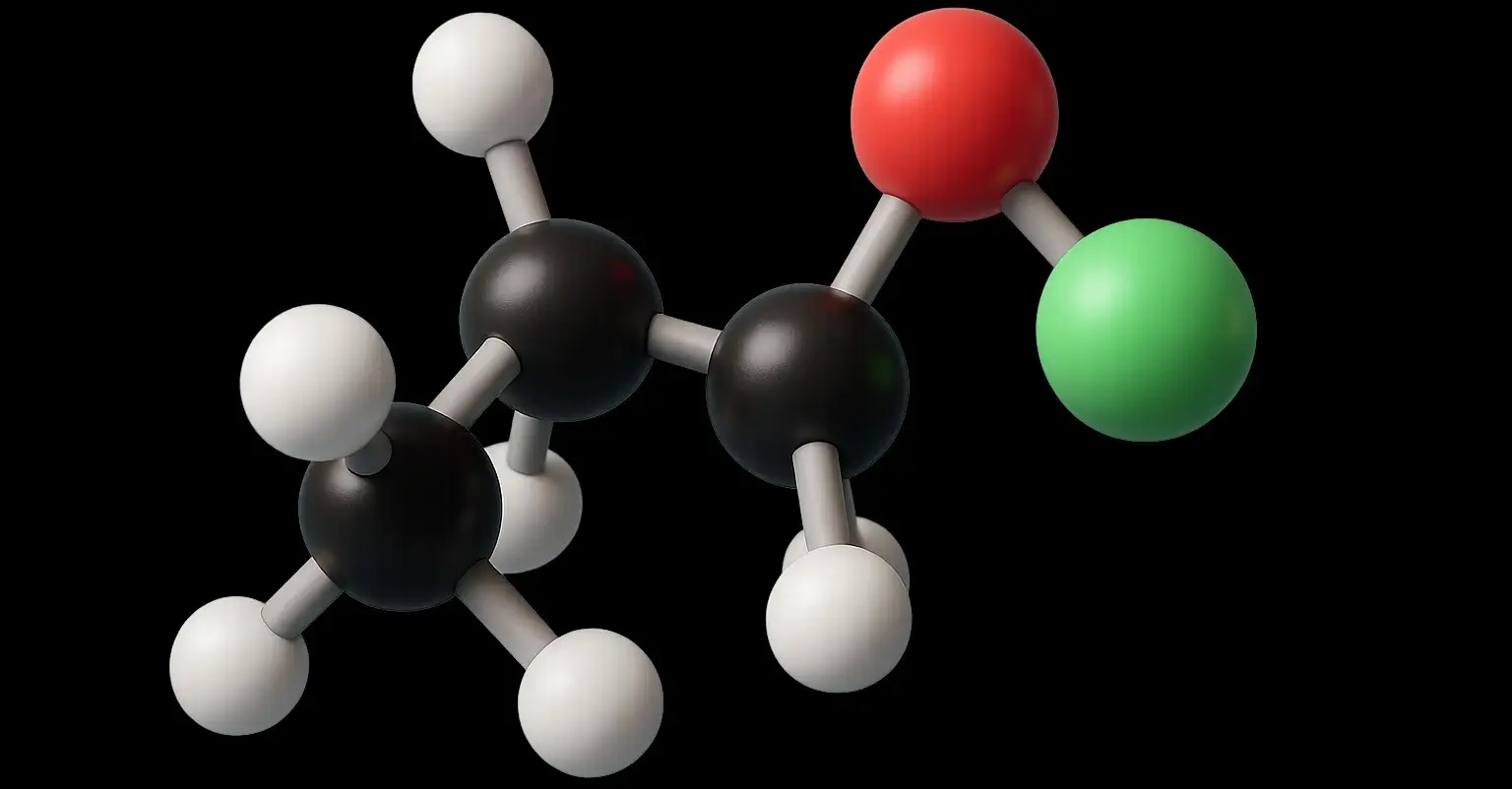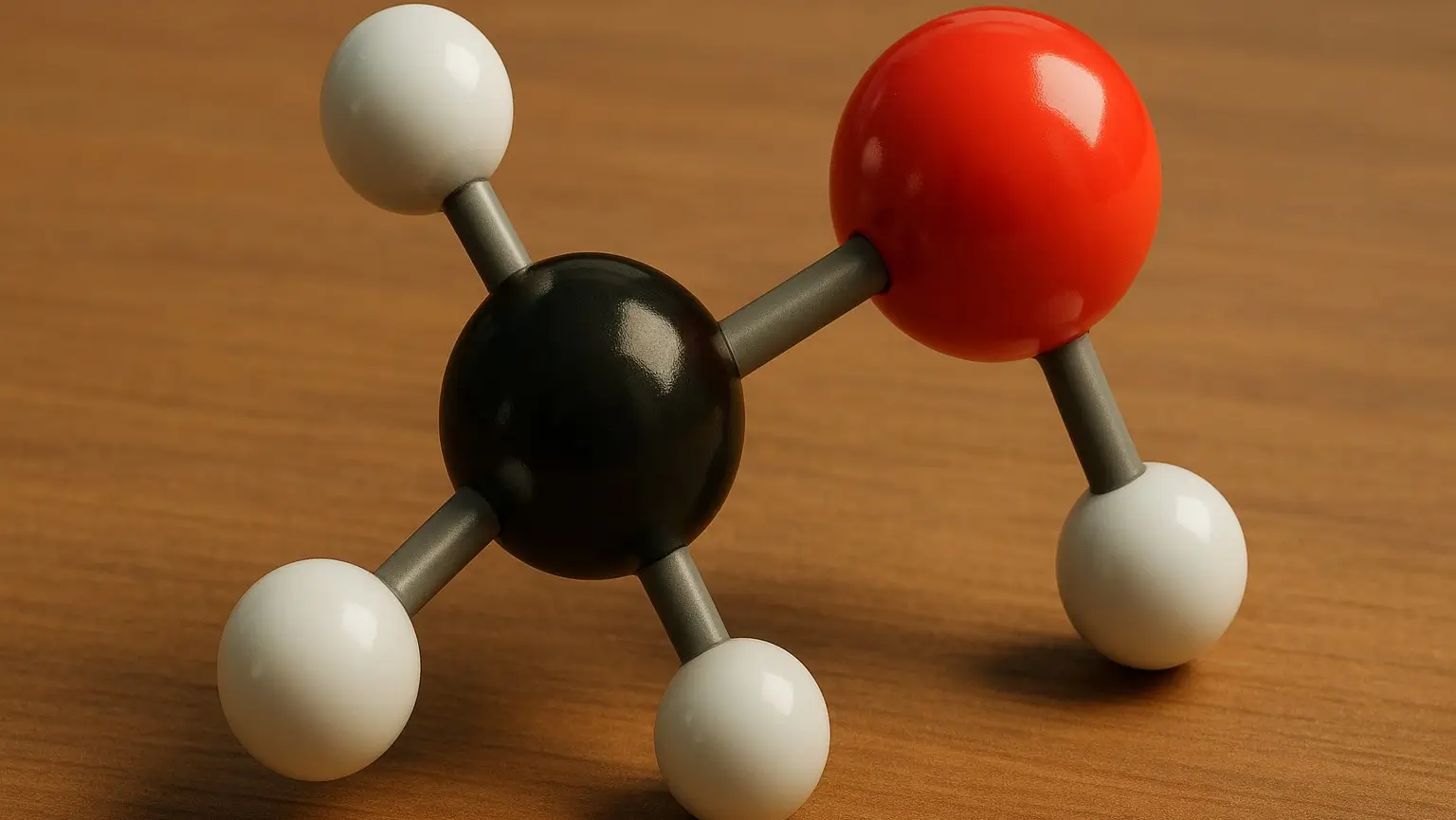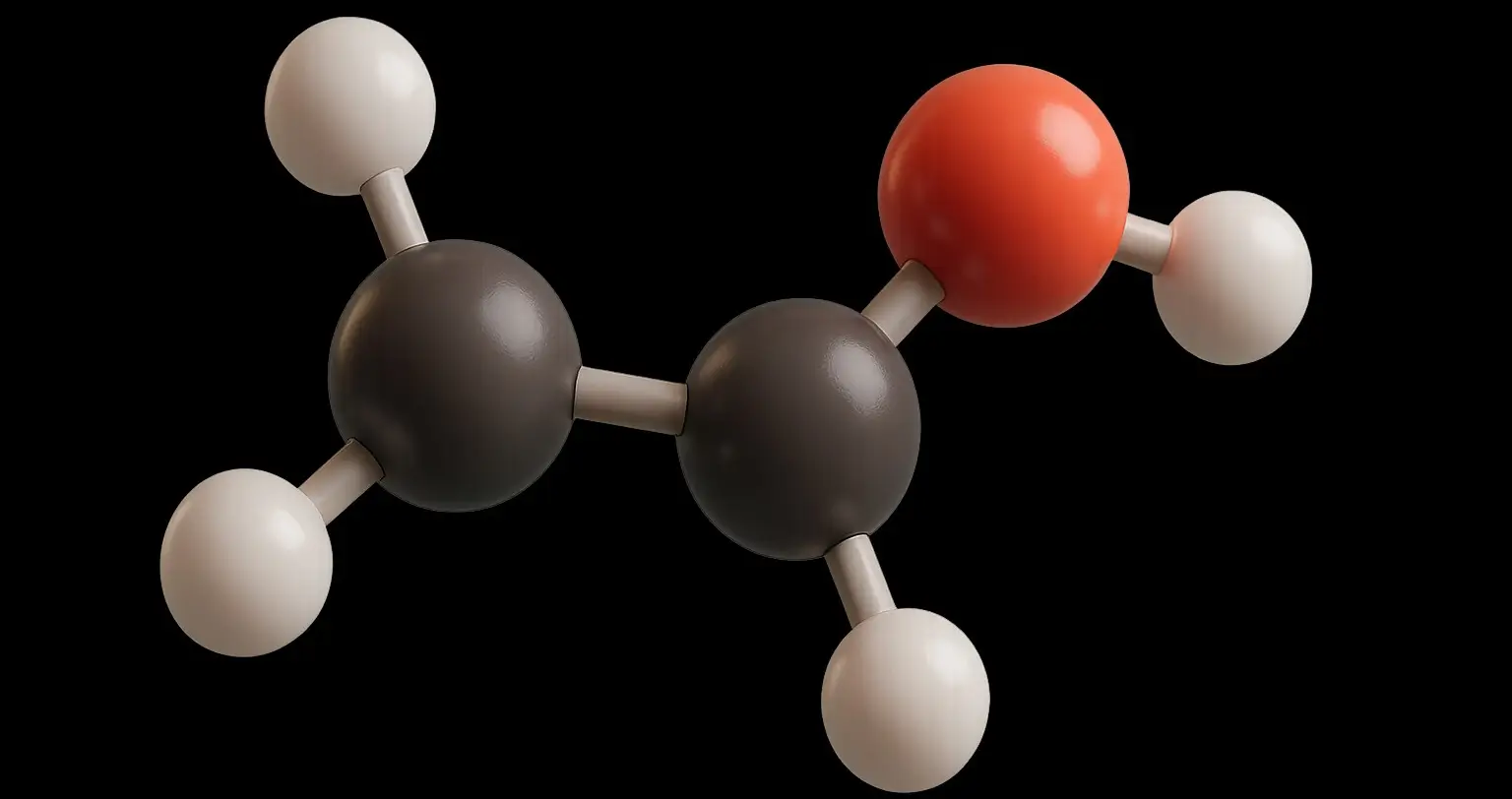Preparation of Carbonyl compounds (Aldehydes and ketones)
Preparation of Carbonyl compounds Definition Preparation of carbonyl compounds refers to the chemical processes used to synthesize aldehydes and ketones, which are organic compounds containing the carbonyl group (C=O). 1. Oxidation of Alcohols Aldehydes: Primary alcohols can be selectively oxidized to aldehydes using mild oxidizing agents such as pyridinium chlorochromate (PCC) or Dess-Martin periodinane. Ketones: … Read more

